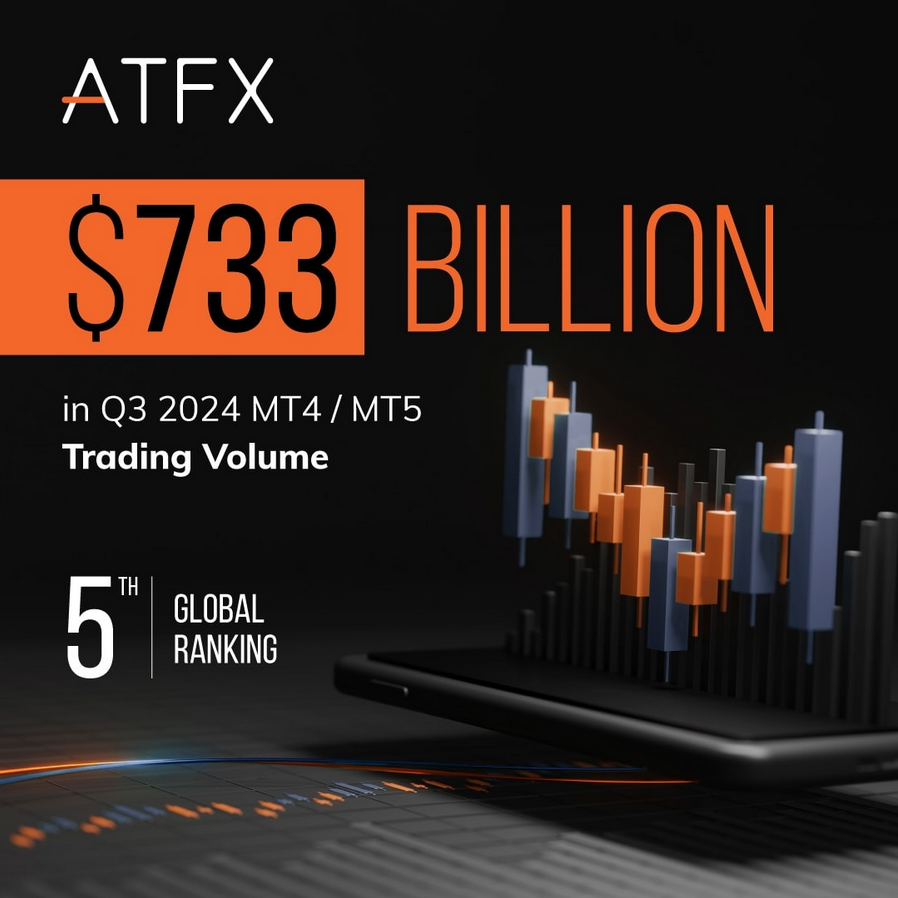The euro weakened amid persistent recession fears, weak German output, and political strains in France, though a brief correction may emerge. The pound slid after hawkish U.S. comments intensified dollar strength, leaving investors cautious as the U.K. faces fiscal challenges and inflation pressures. The yen remained under pressure as Japan’s new leadership signaled a return to stimulus, reinforcing expectations of extended monetary easing. Meanwhile, gold eased from record highs as easing geopolitical tensions and a firmer dollar encouraged profit-taking, though U.S. policy uncertainty continues to lend limited support.
Global markets remain driven by U.S. economic uncertainty, policy shifts, and the prolonged government shutdown. The Fed’s dovish stance after its rate cut and upcoming speeches fuel short-term volatility. Europe struggles with weak German output and U.K. inflation, weighing on regional currencies. The yen stays under pressure from Japan’s loose policy, while commodity-linked currencies like the Australian dollar gain support from rising Gold and Copper prices. Gold’s rally above $4,000 signals surging safe-haven demand amid deepening U.S. fiscal and political risks.
Read the rest of this entry »
The euro weakened as renewed political tensions in France and fragile economic data undermined investor confidence, keeping the currency under pressure amid uncertainty over fiscal stability. The pound held within a narrow range, buoyed slightly by resilience in construction data, yet weighed by broader concerns over growth and labor shortages. The yen remained volatile after Japan’s new prime minister signaled potential economic stimulus, prompting traders to anticipate policy adjustments that could affect the currency’s direction. Meanwhile, gold continued its powerful ascent as investors sought safety amid U.S. political gridlock and global uncertainty, reinforcing its status as a preferred refuge during times of economic instability.
Read the rest of this entry »
This week features several key central bank events and major macroeconomic releases that could shape global currency movements. The focus will be on the RBNZ interest rate decision, BOJ communication, and FOMC minutes, alongside significant inflation data from China and labor and sentiment reports from North America. Eurozone and UK indicators will provide insight into post-summer economic resilience, while ongoing concerns about the U.S. fiscal situation may create volatility across USD pairs.
Read the rest of this entry »
The euro remains under pressure as weak inflation, rising unemployment, and sluggish growth weigh on sentiment, while the pound holds firmer on a softer dollar and shifting policy debates at home. The yen gains support from safe-haven demand and speculation that the Bank of Japan may edge toward policy tightening, while the franc steadies after muted inflation data with traders cautious on Swiss policy signals. Meanwhile, gold trades near record highs as investors seek safety amid US political gridlock, labor market weakness, and expectations of easier monetary policy ahead, keeping demand strong despite short-term corrections.
Read the rest of this entry »
The euro faced pressure as weak manufacturing signals offset higher inflation, while the pound struggled for direction after UK data met expectations. The yen gained cautious support from improving sentiment but remained sensitive to shifts in US policy outlook. The Australian dollar held firm as the central bank struck a balanced tone, though global risks clouded momentum. Gold traded near recent highs as political uncertainty and concerns over growth sustained safe-haven demand, yet the risk of sharp corrections remains in focus.
Read the rest of this entry »
The euro found support from steady labor conditions in Germany, with confidence readings showing resilience, while the pound faced headwinds after mixed growth signals and cautious fiscal tones. The yen weakened as Japan’s economy showed signs of slowing, with retail sales and output contracting, leaving traders alert to further Bank of Japan signals. The Australian dollar held firm after the central bank kept policy steady, supported by solid growth and sticky inflation despite a softer labor market. Gold surged to new highs as investors sought safety amid political and economic uncertainty, with the weaker dollar boosting demand.
Read the rest of this entry »
The euro faces pressure from weak momentum as traders await guidance from central banks, while the pound struggles with mixed inflation signals and political uncertainty. The yen steadies with attention on domestic data and Fed comments, balancing between support for growth and risk of stronger policy shifts. The Australian dollar holds on cautious optimism ahead of the central bank meeting, with inflation and labor conditions shaping the outlook. Gold shines as the standout asset, surging to record highs on dollar weakness, geopolitical unease, and strong central bank demand, securing its role as both a safe haven and growth driver.
Read the rest of this entry »
This week’s headline risks: U.S. payrolls (Sept NFP) on Friday Oct 3, the JOLTS (job openings) release on Tuesday Sept 30, and a Reserve Bank of Australia interest-rate decision on Tuesday Sept 30 are likely dominant FX movers. Expect multiple Fed speakers across the week and a cluster of U.S. data (factory orders, jobless claims, home-sales) to shape USD flow.
Read the rest of this entry »
The euro faces pressure from mixed lending and money supply trends, while weak German sentiment weighs on confidence. The pound remains vulnerable as soft business activity dampens support, leaving it reliant on broader dollar moves. The yen stays sensitive to US labor and growth data, with Japanese policymakers signaling caution despite hints of future shifts. The Swiss franc weakens as the central bank holds rates steady and warns of trade risks, keeping growth subdued. Gold, though pressured by strong US data and a firmer dollar, remains supported by geopolitical risks and central bank demand, ensuring its role as a safe-haven hedge.








